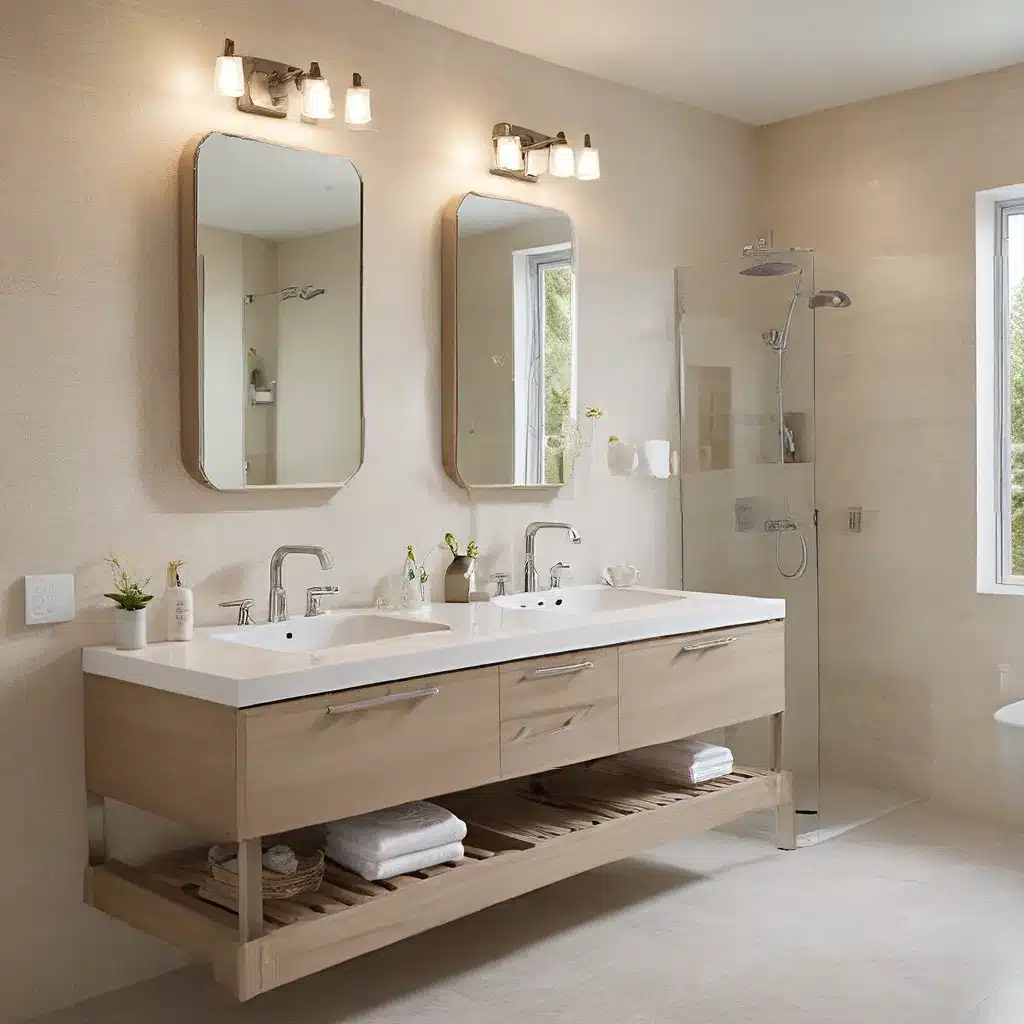
In today’s era of environmental consciousness, the choices we make for our homes can have a significant impact on the planet. When it comes to bathroom fixtures, sustainability has become a key consideration for many homeowners and designers. From washbasins to sinks and beyond, eco-friendly options are now more readily available, offering both aesthetic appeal and long-term benefits.
Washbasin Materials: Exploring Sustainable Alternatives
The material used for a washbasin is a crucial factor in determining its environmental impact. Traditional options like porcelain and ceramic have been widely used, but they can be resource-intensive during the manufacturing process. Fortunately, there are now several sustainable alternatives that are gaining popularity.
Natural stone, such as marble or granite, is a durable and aesthetically pleasing choice. These materials are often sourced from quarries and processed with minimal environmental impact. Additionally, stone washbasins can be locally sourced, reducing the carbon footprint associated with transportation.
Another eco-friendly option is recycled glass. These washbasins are created by repurposing discarded glass, reducing waste and conserving natural resources. The unique patterns and textures of recycled glass add a distinctive touch to any bathroom, making them a popular choice for those seeking sustainable and stylish fixtures.
For a truly renewable material, bamboo washbasins are gaining traction. Bamboo is a fast-growing grass that can be harvested without damaging the surrounding ecosystem. These washbasins not only look beautiful but also offer excellent durability and water resistance.
When it comes to maintenance, these sustainable materials often require less harsh cleaning agents, further reducing the environmental impact of your bathroom. By prioritizing eco-friendly options, you can create a bathroom that reflects your values and contributes to a greener future.
Innovative Designs for Conscious Consumers
As the demand for sustainable bathroom fixtures grows, manufacturers have responded with a wealth of innovative designs that cater to the needs of conscious consumers.
One notable trend is the emergence of integrated washbasins, where the basin is seamlessly incorporated into the countertop or vanity. This minimalist approach not only enhances the overall aesthetic but also reduces the number of seams and joints, making cleaning and maintenance easier. Many of these integrated designs feature recycled or repurposed materials, further strengthening their eco-friendly credentials.
For those seeking a more traditional look, vessel sinks offer a compelling alternative. These standalone washbasins sit atop the counter, creating a striking visual statement. Vessel sinks can be crafted from a variety of sustainable materials, including stone, glass, and even reclaimed wood, allowing homeowners to express their personal style while prioritizing environmental responsibility.
Reclaimed and repurposed materials are also finding their way into bathroom fixtures, with upcycled sinks and vanities becoming increasingly popular. These unique pieces not only reduce waste but also add character and charm to any bathroom, telling a story of sustainability and creativity.
Installation and Maintenance: Ensuring Long-Term Performance
While the choice of washbasin material and design is crucial, proper installation and maintenance are equally important for ensuring the long-term performance and sustainability of your bathroom fixtures.
Proper installation by a skilled plumber or contractor is essential to prevent leaks and water damage, which can undermine the integrity of the fixture and its surrounding environment. Adhering to the manufacturer’s instructions and utilizing the right sealants and fasteners can help ensure a secure and durable installation.
Maintaining your eco-friendly washbasin is also key to maximizing its lifespan. Gentle cleaning products that are free of harsh chemicals should be used, as harsh abrasives can damage the natural or recycled materials. Regular wiping and drying can help prevent the buildup of hard water stains and mineral deposits, preserving the pristine appearance of your fixture.
For commercial or high-traffic settings, professional cleaning and maintenance services may be necessary to keep your sustainable washbasins looking their best. By investing in proper installation and care, you can ensure that your eco-friendly bathroom fixtures continue to provide both aesthetic and environmental benefits for years to come.
Embracing the Future of Bathroom Design
As the world becomes increasingly conscious of its environmental impact, the bathroom fixture industry has responded with a wealth of sustainable and innovative solutions. From natural stone and recycled glass to bamboo and reclaimed materials, homeowners and designers now have a diverse range of eco-friendly options to choose from.
By prioritizing sustainable washbasins and other bathroom fixtures, you can not only create a visually stunning space but also contribute to a greener, more responsible future. As you explore the world of eco-friendly bathroom design, remember to consider the material, installation, and maintenance requirements to ensure the long-term performance and environmental benefits of your chosen fixtures.
Embrace the sustainable splendor of modern bathroom design and make a positive impact on the world around you. Visit Washbasin Factory to discover a wide selection of eco-friendly and stylish bathroom fixtures that will elevate your space and your environmental consciousness.